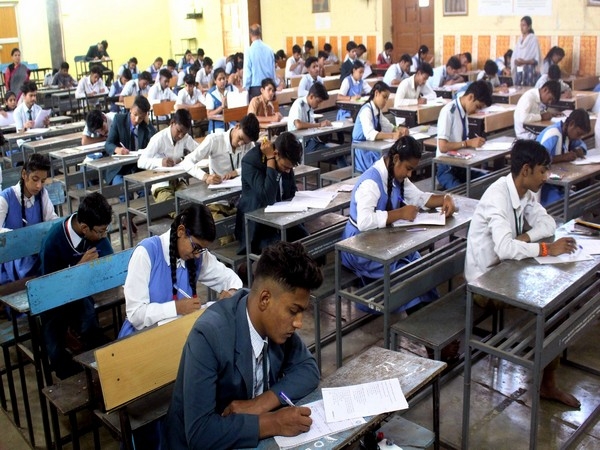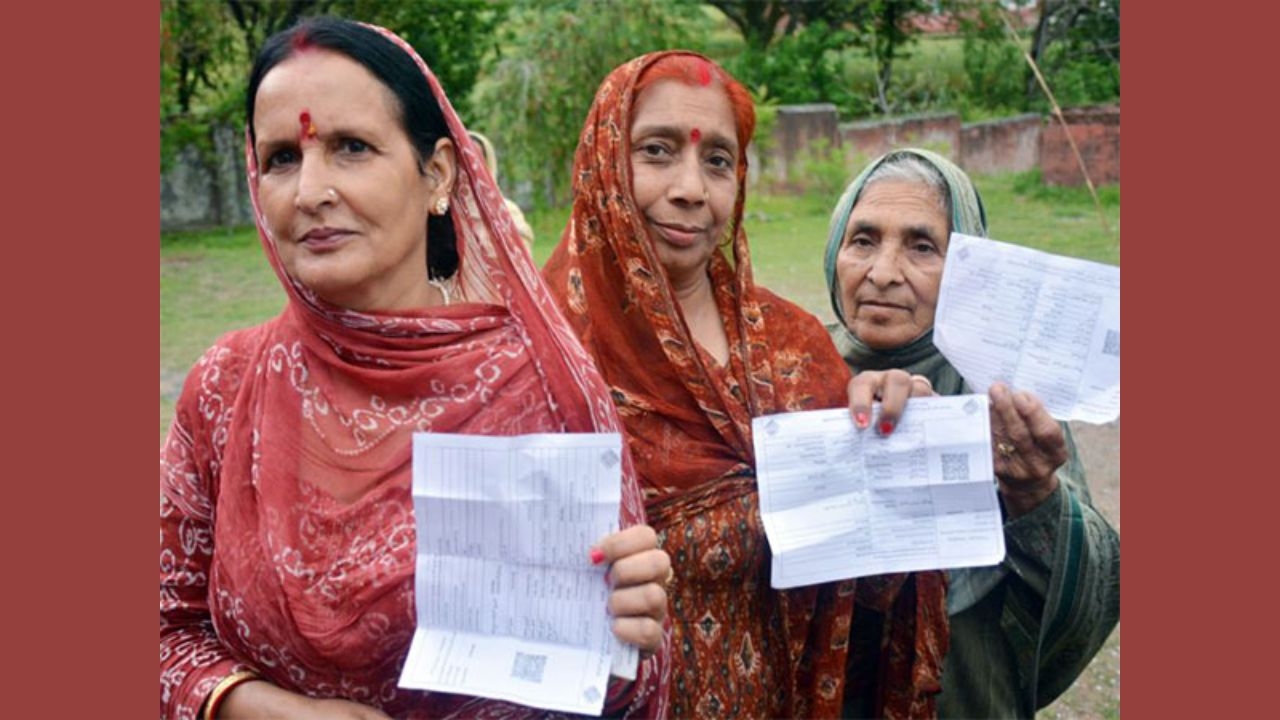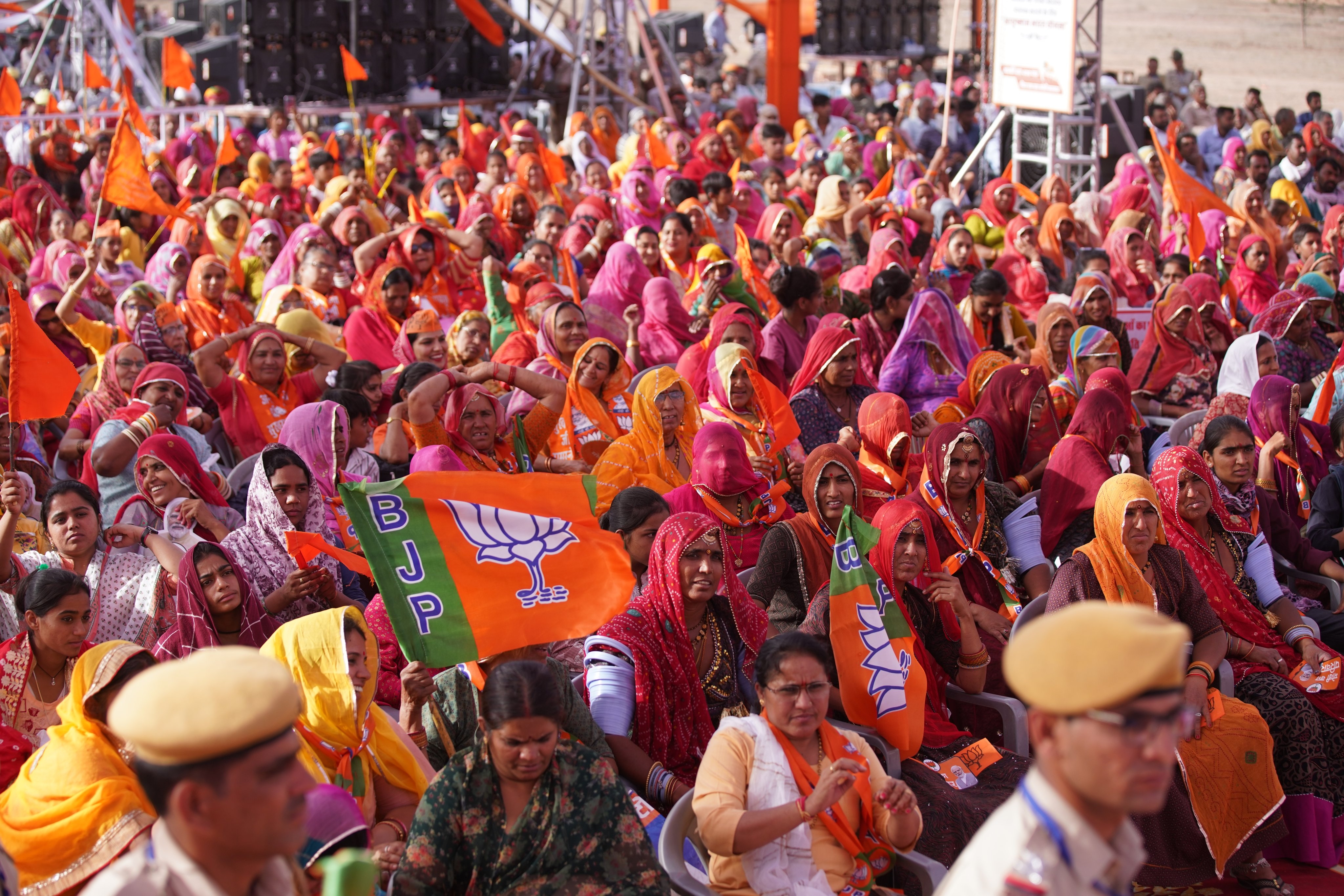When it comes to GST, the govt's fiscal math is wrong. Can it really afford to reduce rates?
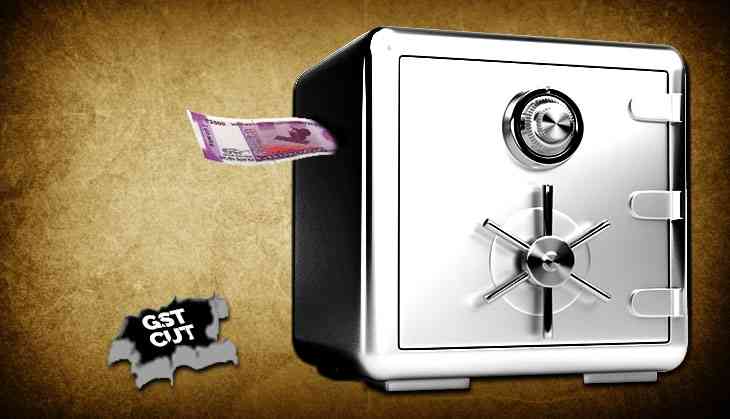
It is no longer a secret that the goods and services tax (GST) implemented by the NDA government has made things complicated for the Small and medium enterprises (SME) sector. The government is finally coming out of denial and is talking about overhauling the system.
In an interview to PTI, revenue secretary Hasmukh Adhia said, “There is a need for harmonisation of items chapter-wise and wherever we find there is a big burden on small and medium businesses and on the common man, if we bring them down, there will be better compliance.”
Just a simple reading of what Adria said makes it clear that the government is facing a problem in getting tax compliance from the SME sector, which accounts for 95% of industrial units in the country and contribute 40% value addition in the manufacturing sector.
The small traders' community has been at the receiving end of the GST as their compliance cost has gone up hitting their businesses hard. Ground reports suggest that there have been massive job cuts in the SME sector that provide jobs to more than eight crore people in the country.
Can the govt mend its mistakes?
According to Adhia, the government is considering a readjustment of tax rates, that may bring down the tax rate on certain items from the highest tax slab of 28%.
Usually in an indirect tax system, products are divided on the basis of a harmonised system of nomenclature (HSN). So HSN is brought under a tax slab, which may have multiple products. But under the GST implemented in India, the government introduced various subcategories within the chapter of HSN, making it difficult for small traders to calculate the tax on different products.
While the government has identified the problem of having different tax slabs for products falling within the same chapter of HSN, what is being ignored is the calculation of revenue collection.
The GST was envisaged as a tax regime that would make doing business easy in the country. But introducing it with four tax slabs along with the need of filing 37 returns per year has already made a dent in the India's economic activity.
At this juncture if the government goes for reduction in tax rates, it may further reduce the revenue collection for the Central government.
On 6 October, the government announced lowering of tax rates on 27 products and a few services. In the same meeting the government also asked a panel of state ministers to examine if the 18% GST on air-conditioned restaurants could be lowered.
A further reduction in tax rates may mean higher shortfall in revenues for the government and the need to compensate the state governments accordingly.
As per the terms of agreement between the states and the centre, the latter will compensate the former for any shortfall in revenue over the next 5 years.
The loss of revenue to a state will be the difference between the actual revenue collection to a state under the GST regime and the tax revenue it would have garnered under the old indirect tax regime after considering a 14% increase over the base year of 2015-16.
While the Centre is collecting funds for states compensation through cess on luxury and sin items, there is a limit to the amount of money that can be raised through such mechanism.
According to the Indian Express, “The Centre has provisionally released Rs 8,698 crore to all states and Union territories with legislatures, barring Rajasthan and Arunachal Pradesh, as compensation for revenue losses incurred during July-August on account of implementation of GST”
The report further says, “The compensation payout stands at about 58% of the total amount of Rs 15,060 crore raised from cess during the first two months of the GST rollout, it is expected to rise going ahead as the revenue losses to states were subdued due to higher-than-expected VAT collections in June, officials said.”
It is clear that the massive rise in VAT collections for state governments was due to de-stocking by the traders. The coming months are going to be tough, for the states as well as the Centre.
According to Mint, “a little over 3.94 million assessees paid the GST and filed returns for the month of September” For August, around 3.76 million returns were received by the government. This was much lowers than the finance ministry's expectation of 6.8 million returns for August.
Challenges ahead
By implementing complex GST regime, the government has got itself trapped in a cycle of low demand, low production and lower revenues. At a time when the government faces fiscal constraints, this kind of a situation may prove costly for the economy as well as government's fiscal math.
According to India's former chief statistician, Pronab Sen: “The calculation of 14% revenue increase year on year is made on the assumption of a nominal growth rate of 11%”. In case India's nominal growth remains lower than that threshold, the union government may be in for some serious trouble in the next financial year."
First published: 23 October 2017, 20:11 IST


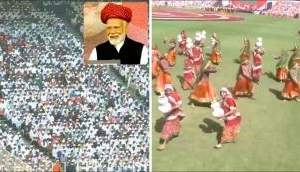


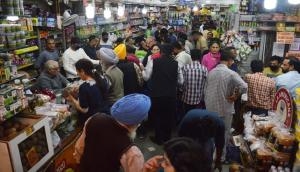
![BJP's Kapil Mishra recreates Shankar Mahadevan’s ‘Breathless’ song to highlight Delhi pollution [WATCH] BJP's Kapil Mishra recreates Shankar Mahadevan’s ‘Breathless’ song to highlight Delhi pollution [WATCH]](http://images.catchnews.com/upload/2022/11/03/kapil-mishra_240884_300x172.png)

![Anupam Kher shares pictures of his toned body on 67th birthday [MUST SEE] Anupam Kher shares pictures of his toned body on 67th birthday [MUST SEE]](http://images.catchnews.com/upload/2022/03/07/Anupam_kher_231145_300x172.jpg)


